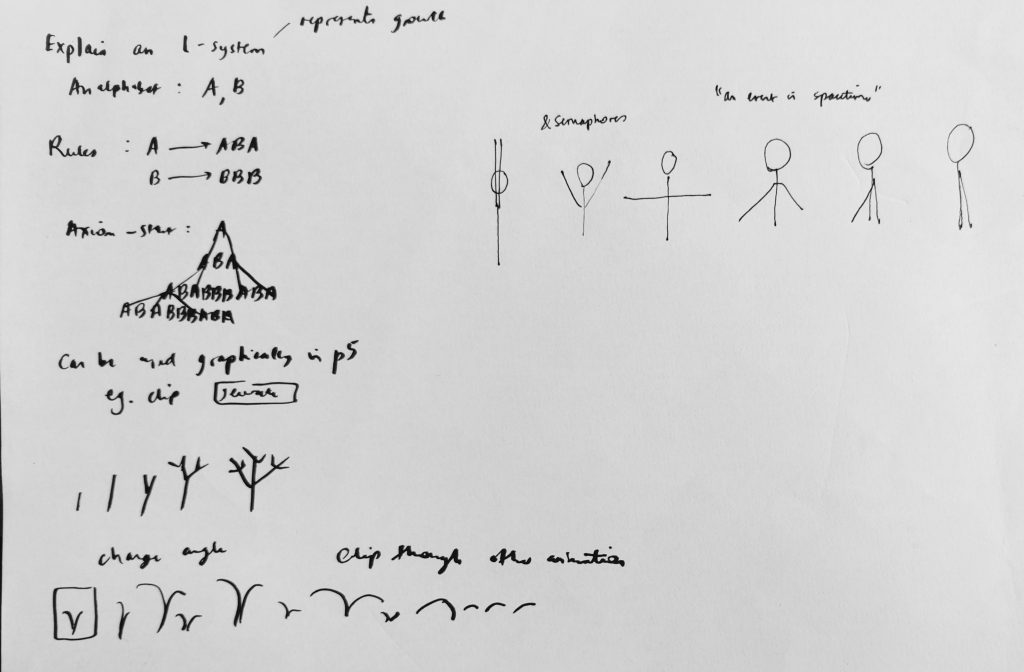
In most computer programming tutorials, the first thing someone learns to ‘print’ with a language is “Hello, World”. ‘Hello’ in Ogham, the ‘Celtic tree alphabet’ (harking back to Joseph Kosuth’s One and Three Chairs, one could say, ‘One and Three [Trees]’), could be signalled in ways other than being engraved in rock, as Ogham might’ve been many years ago. Here ‘Hello’ is semaphoric and stitched:
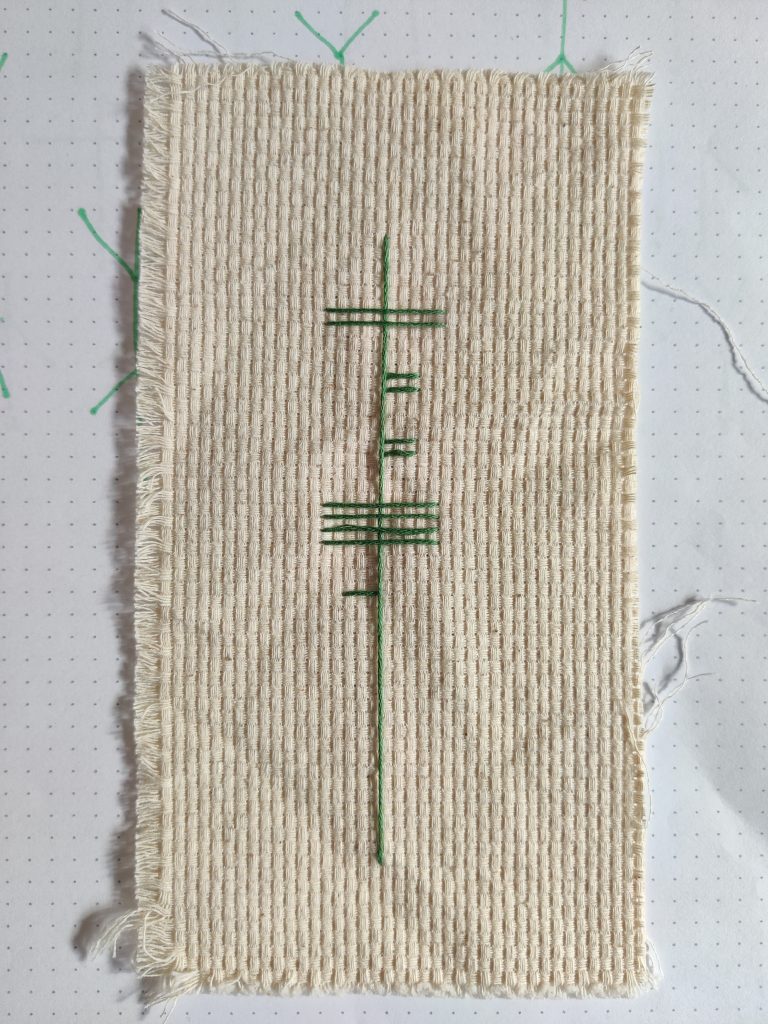
I am considering what it means to use this branching cipher in different visual modes.
Pulling it back into relation to my Lindenmayer graphic research, I have drafted a simple ‘Lindenmayer Ogham’, which works in a similar way: there is a ‘stem’ which is the spine of each word, and new letters are added to the stem as ‘branches’.
A NEW Ogham; a Lindenmayer Ogham:
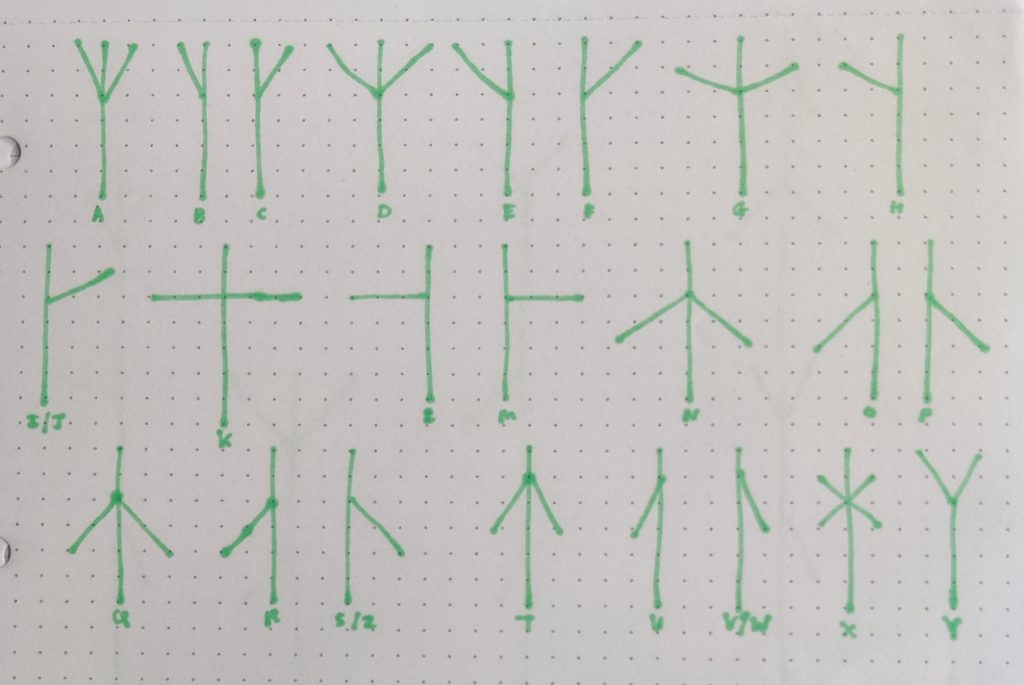
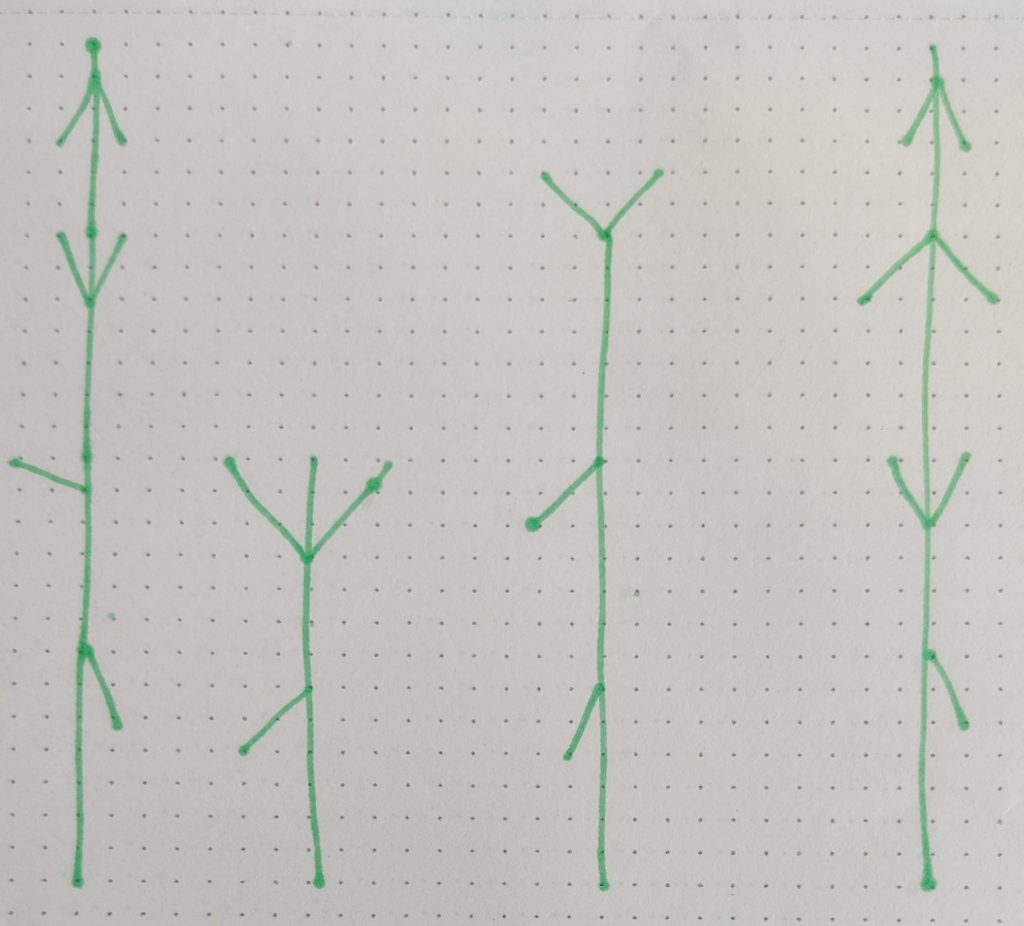
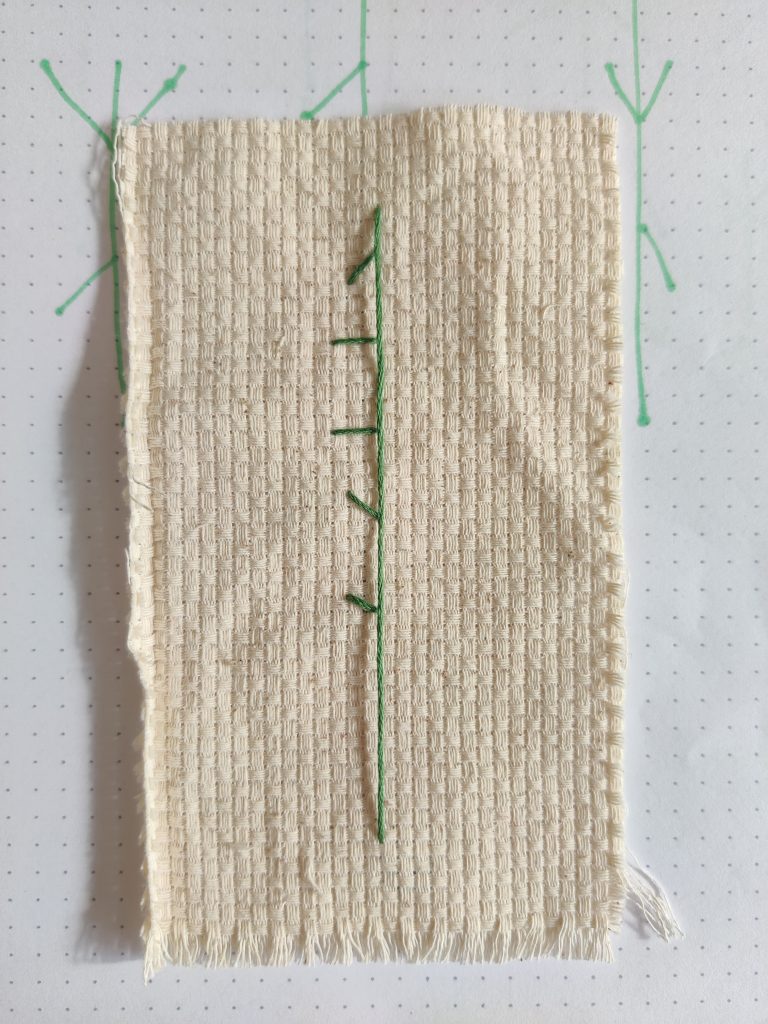
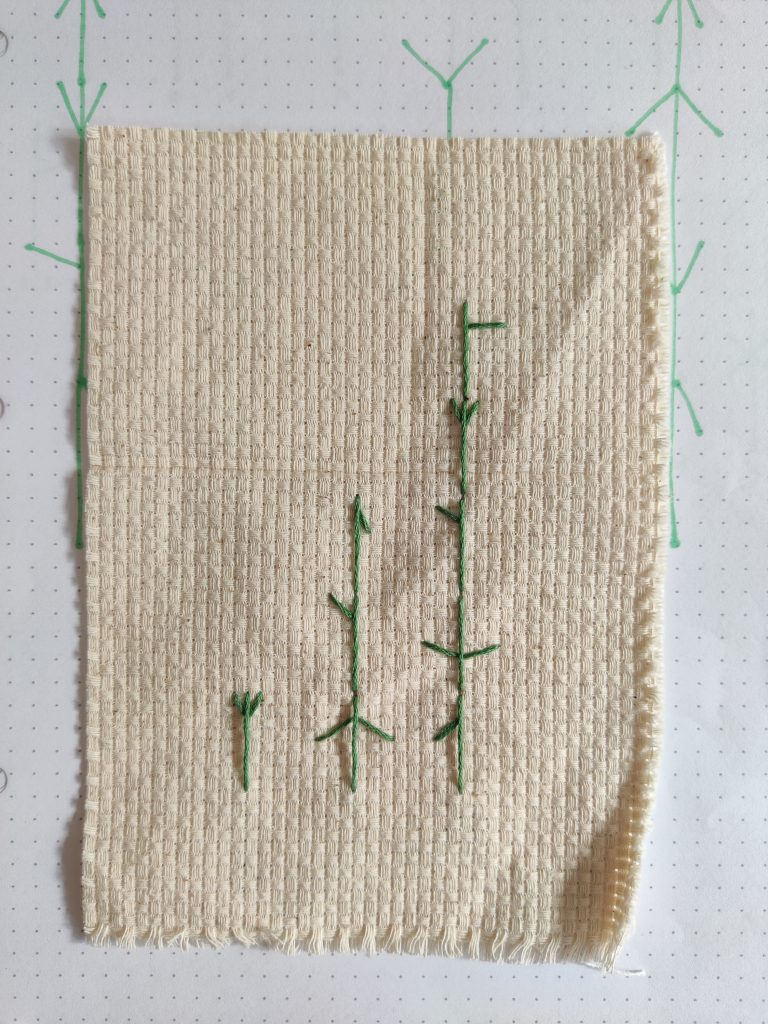
This new ‘Lindenmayer Ogham’ is somewhat arbitrarily assigned, whereas actual Ogham is rooted in history and there is a logic in that each letter is said to represent a real tree. Is there any point in making a new cipher akin to Ogham but not quite it? Who is Ogham for nowadays – does it need a specific audience? Does the Latin alphabet need a specific audience? Isn’t that also composed of somewhat arbitrary abstract symbols we collectively fix meaning to? In the XY: Alphabet as Infrastructure workshop, we were encouraged to think of a new made-up alphabet as being like a seed that doesn’t yet need a definition/limitation as to its potential use. But differently to this, the Latin alphabet does mostly map directly to Ogham.
Looping back to p5.js and writing Ogham in pixels – what does it mean for Ogham to be made ‘digital’? Thinking about “the nature of digital inscription” (Tenen, 2017). What does it mean for a tree language originally chipped away on slabs of stone to be stored in computer chips?
function setup() {
}
function draw() {
createCanvas(400,400);
background(220);
keyPressed(key);
}
function keyPressed(key) {
//draw the stem
line(200,200,200,400);
//branches
switch(key){
case "a":
line(150,270,250,270);
break;
case "b":
line(200,270,250,270);
break;
case "c":
line(150,270,200,270);
line(150,260,200,260);
line(150,240,200,240);
line(150,250,200,250);
break;
case "d":
line(150,260,200,260);
line(150,270,200,270);
break;
case "e":
line(150,270,250,270);
line(150,260,250,260);
line(150,240,250,240);
line(150,250,250,250);
break;
case "f":
line(200,260,250,260);
line(200,270,250,270);
line(200,250,250,250);
break;
case "g":
line(150,260,250,280);
line(150,250,250,270);
break;
case "h":
line(150,270,200,270);
break;
case "i":
line(150,270,250,270);
line(150,260,250,260);
line(150,240,250,240);
line(150,250,250,250);
line(150,230,250,230);
break;
case "l":
line(200,260,250,260);
line(200,270,250,270);
break;
case "m":
line(150,260,250,280);
break;
case "n":
line(200,270,250,270);
line(200,260,250,260);
line(200,240,250,240);
line(200,250,250,250);
line(200,230,250,230);
break;
case "o":
line(150,270,250,270);
line(150,260,250,260);
break;
case "q":
line(150,270,200,270);
line(150,260,200,260);
line(150,240,200,240);
line(150,250,200,250);
line(150,230,200,230);
break;
case "r":
line(150,260,250,280);
line(150,250,250,270);
line(150,230,250,250);
line(150,240,250,260);
line(150,220,250,240);
break;
case "s":
line(200,270,250,270);
line(200,260,250,260);
line(200,240,250,240);
line(200,250,250,250);
break;
case "t":
line(150,270,200,270);
line(150,260,200,260);
line(150,250,200,250);
break;
case "u":
line(150,270,250,270);
line(150,260,250,260);
line(150,250,250,250);
break;
case "z":
line(150,260,250,280);
line(150,250,250,270);
line(150,230,250,250);
line(150,240,250,260);
break;
//disallowed letters - need to figure out solution for these !
case "j":
case "k":
case "v":
case "w":
case "x":
case "y":
console.log("DISALLOWED");
break;
}
console.log(key);
// if (keyCode === ENTER) {
// Code to create new plant.
}There are limits to how long a message can be written out on stone, but a message in digital Ogham can be longer and easily edited.
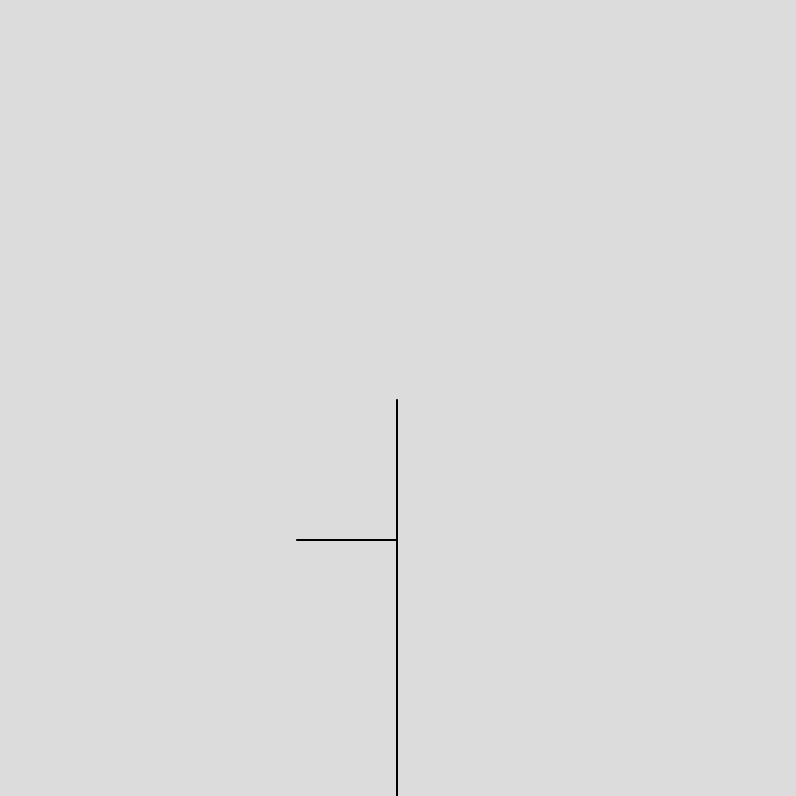
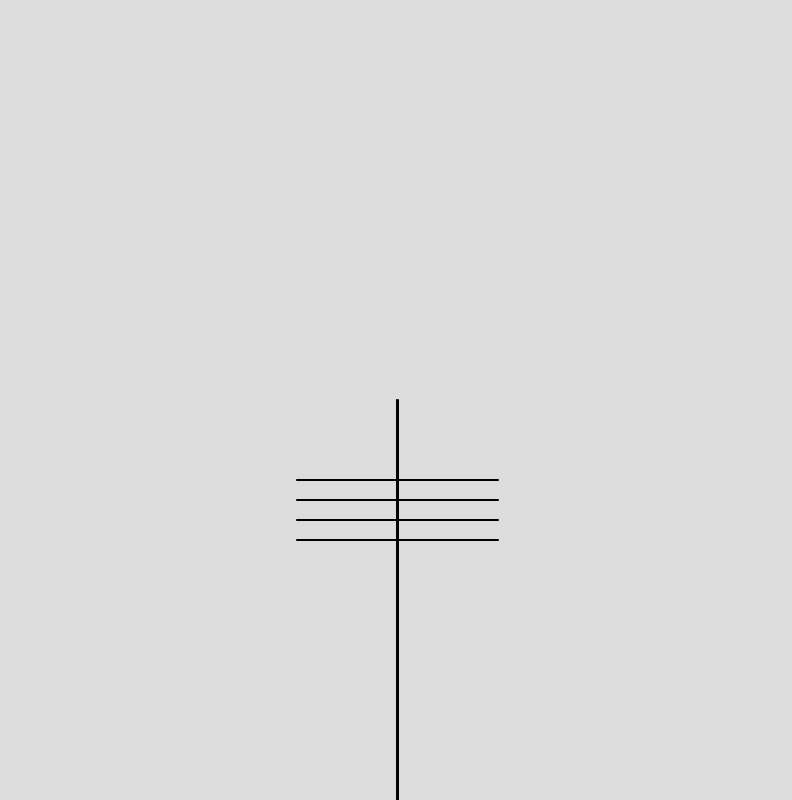
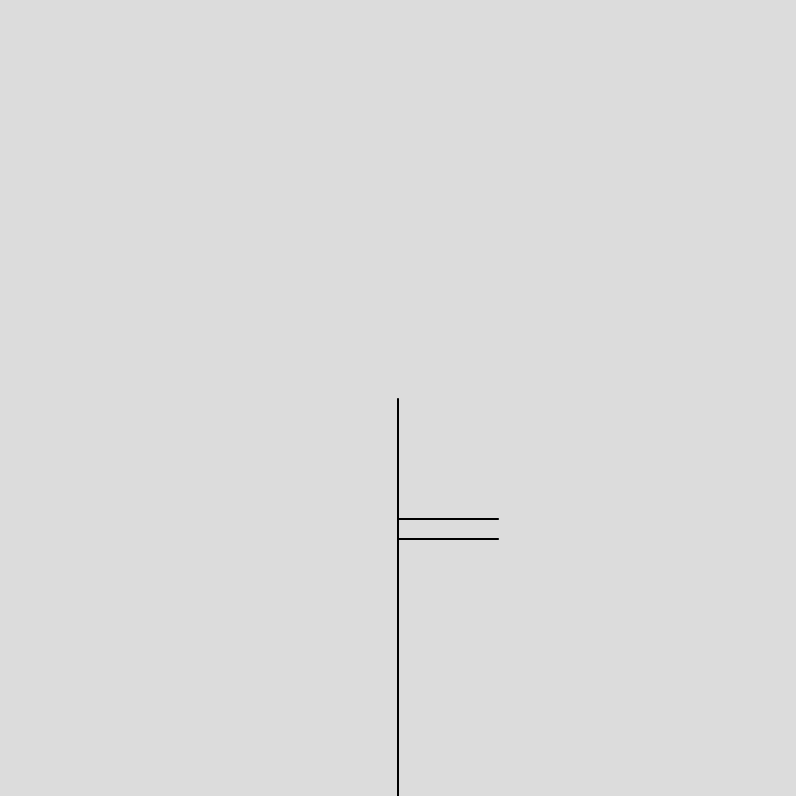
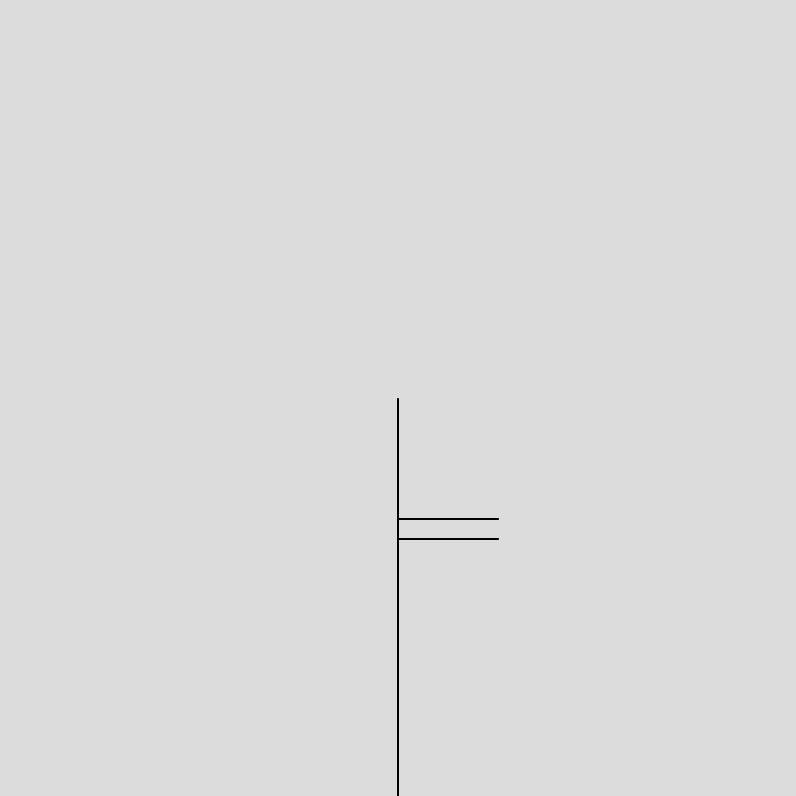
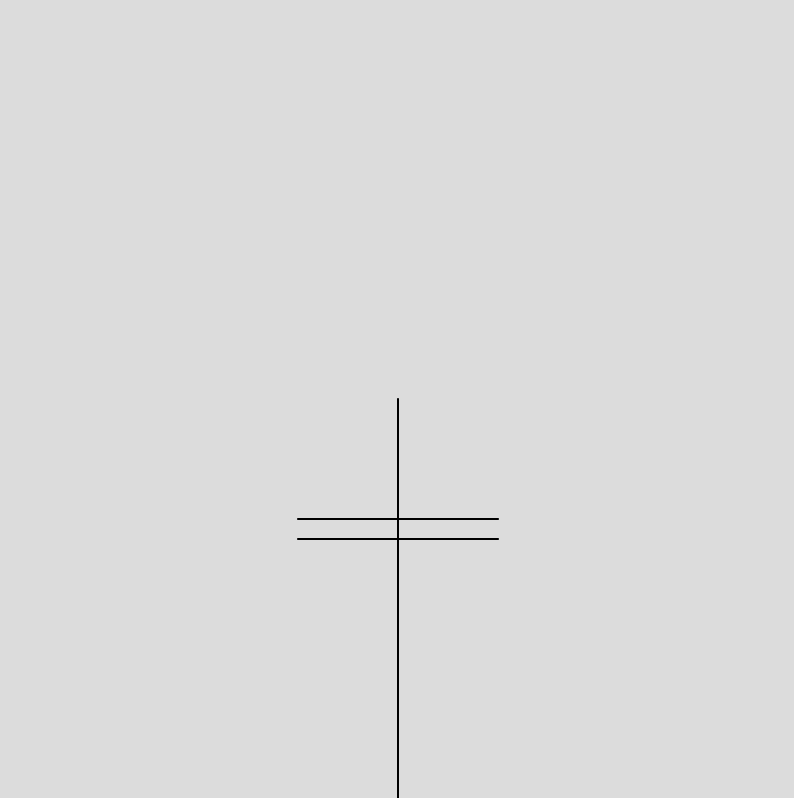
In thinking about the contextualisation of this digital Ogham, I was thinking about ancient trees and ancient woodlands, which are precious and under threat. There is potential for this ancient alphabet to be used to raise awareness for ancient trees, some of which have been felled to make way for HS2 works and are irreplaceable.
“Ancient woods are our richest and most complex terrestrial habitat in the UK and they are home to more threatened species than any other.”
https://www.woodlandtrust.org.uk/trees-woods-and-wildlife/habitats/ancient-woodland/


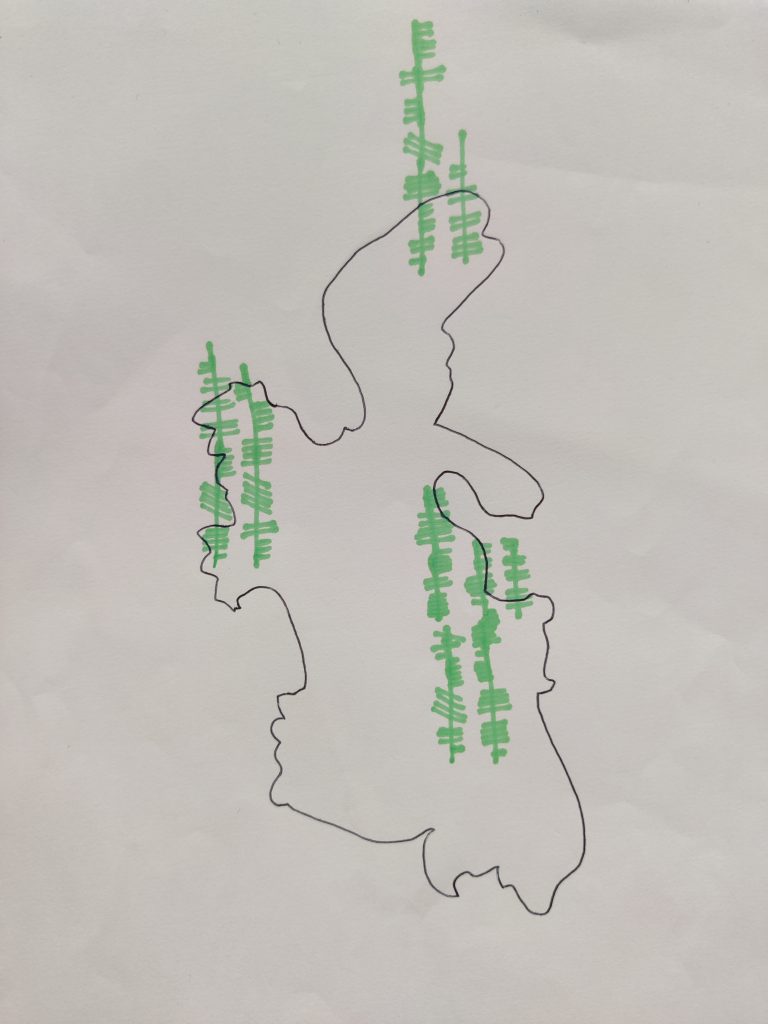
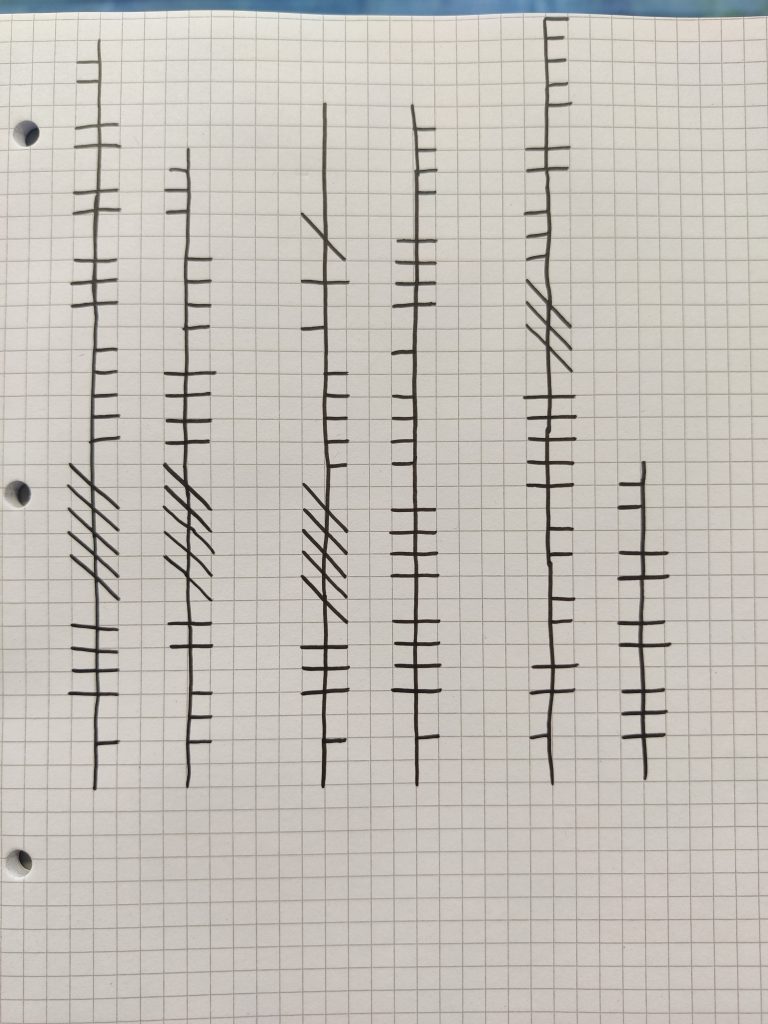
Ogham’s original use was mainly for placenames, so to use it again for placenames is faithful to their original use. The letters themselves were named after Irish words for different trees.
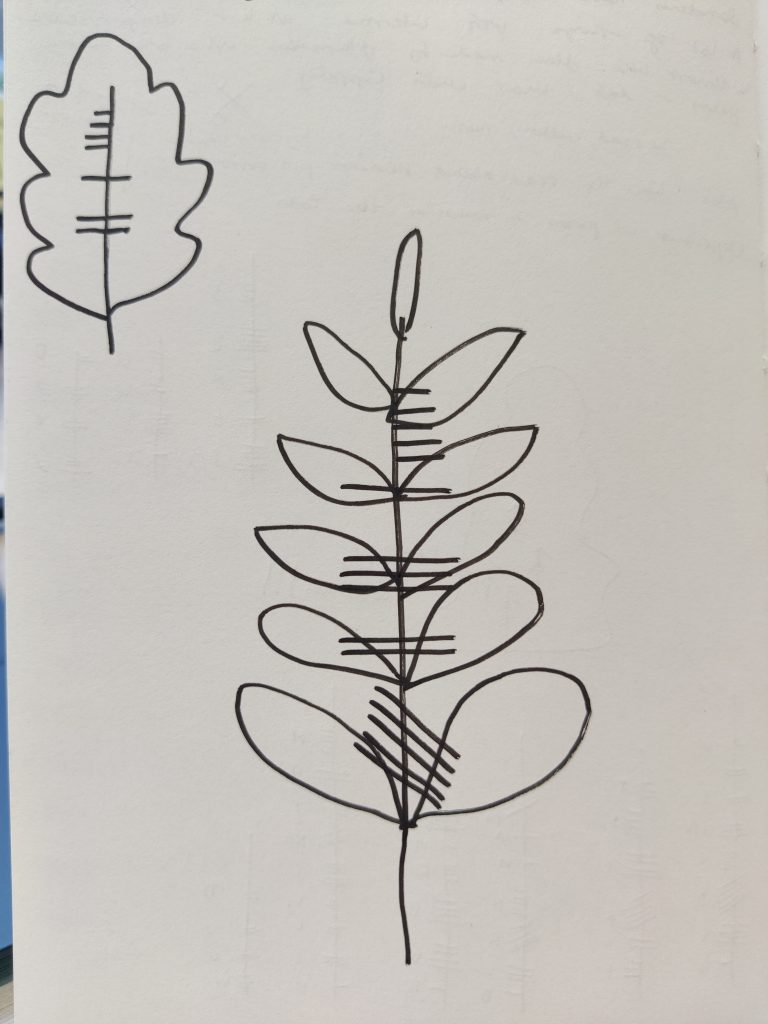
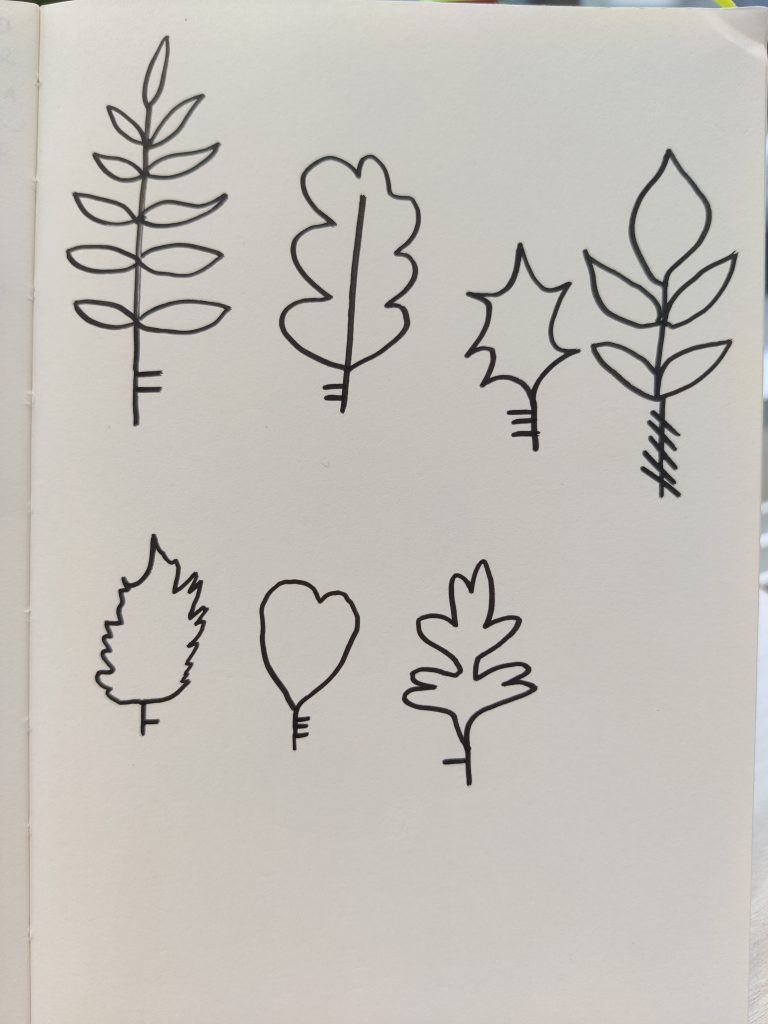
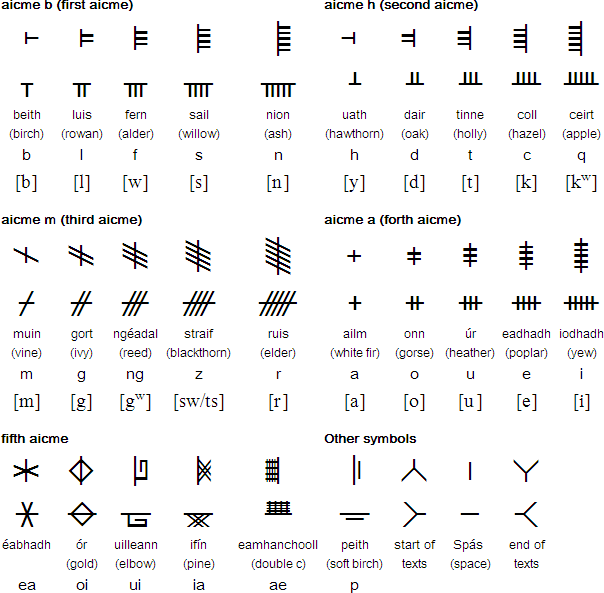
I have visited trees in an ancient woodland and an arboretum to collect visual and other sensory information about the real context of these species, and to graphically convey information about them.
Highgate Wood
Using Illustrator to describe the location in Ogham and in the Latin alphabet:
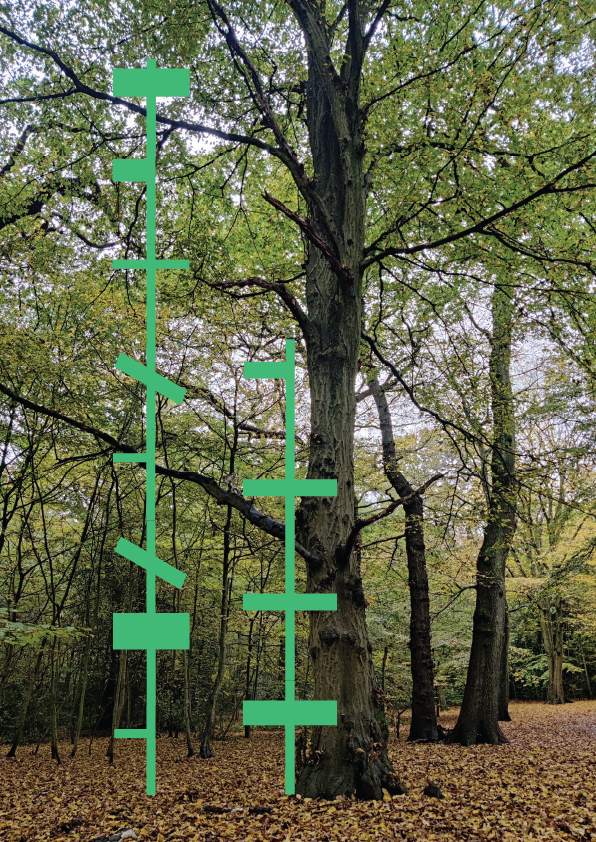
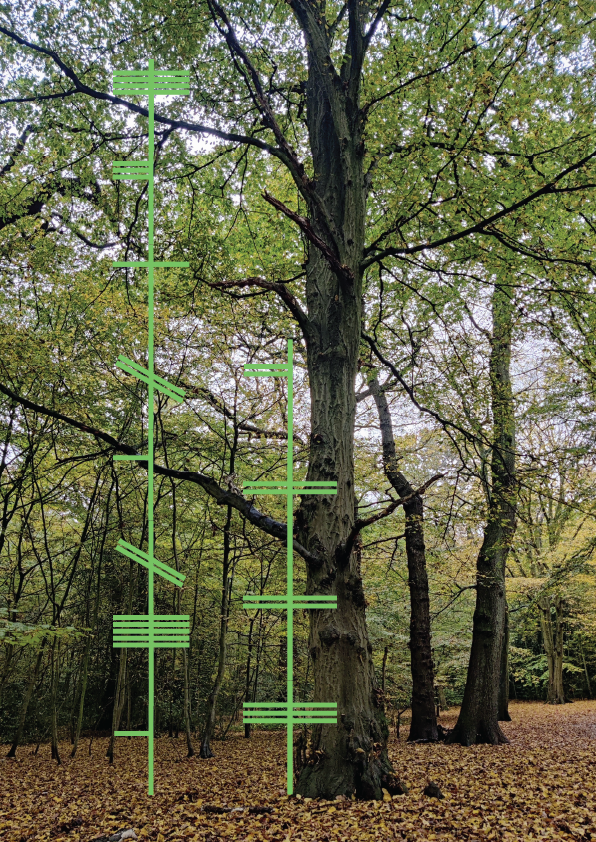
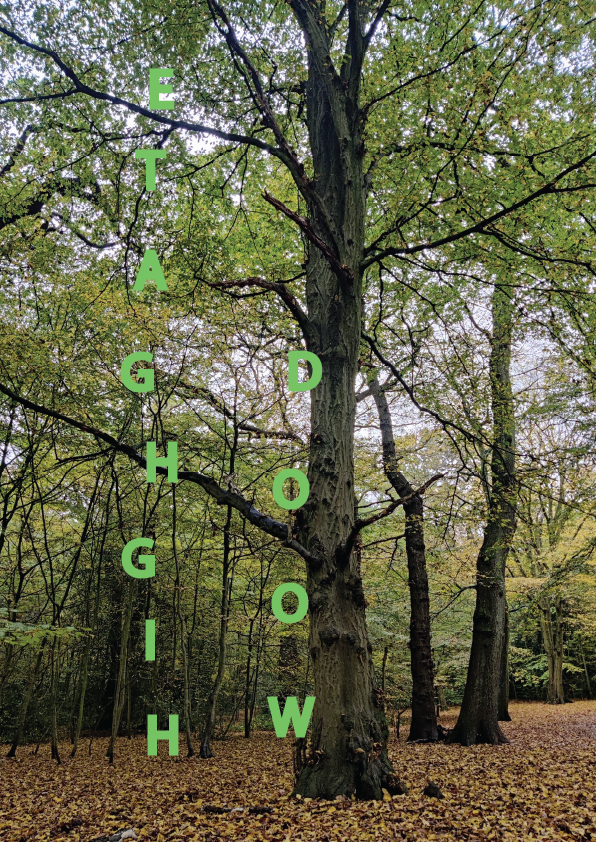
Making illustrations with pen (interrupted by rain!):
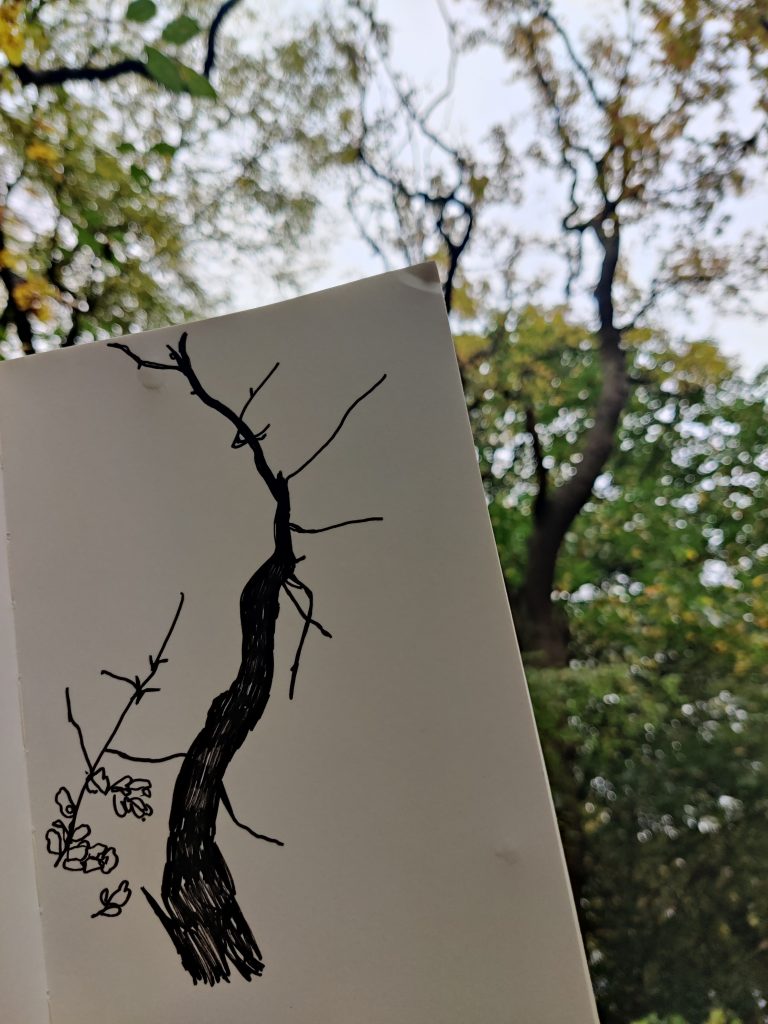
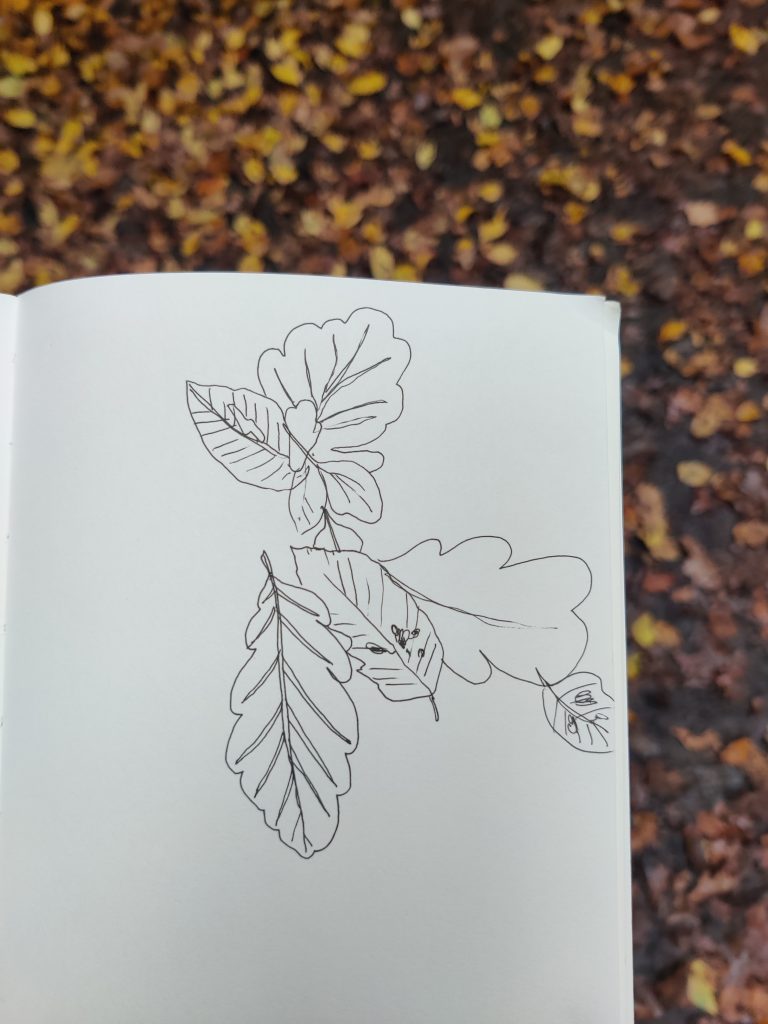
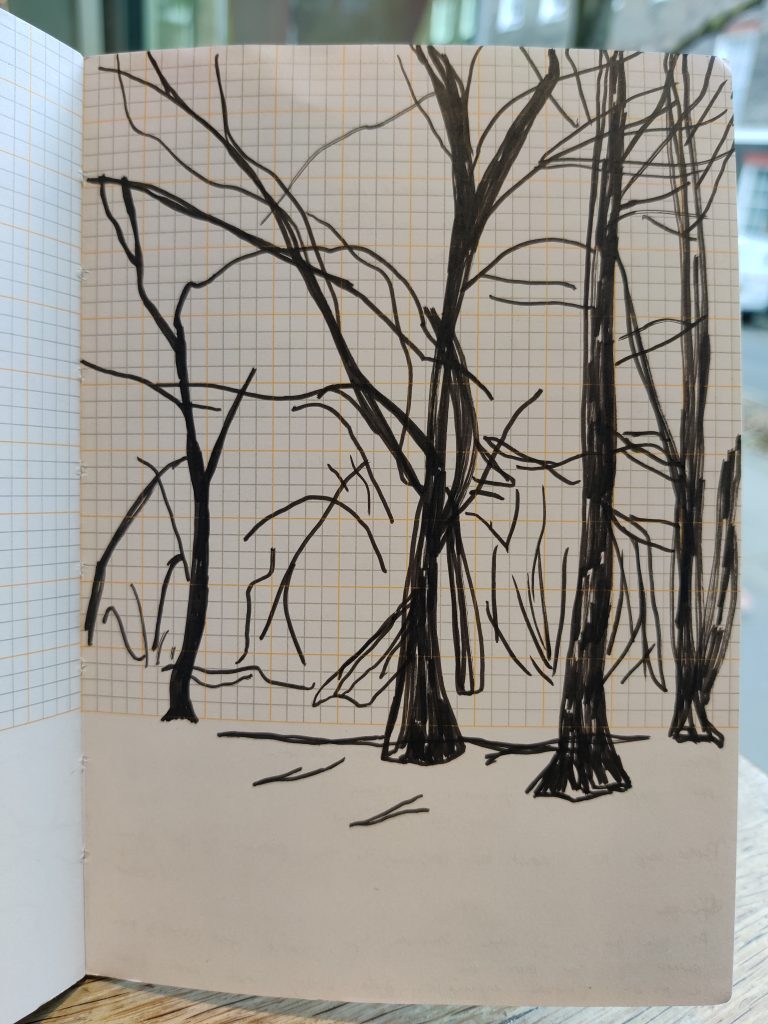
Harcourt Arboretum
I went about photographing graphic communication design in the space – usually affixed directly onto trees, like captions, to describe them. Or instructions affixed to a gate to tell humans where picnicking is and is not permitted.

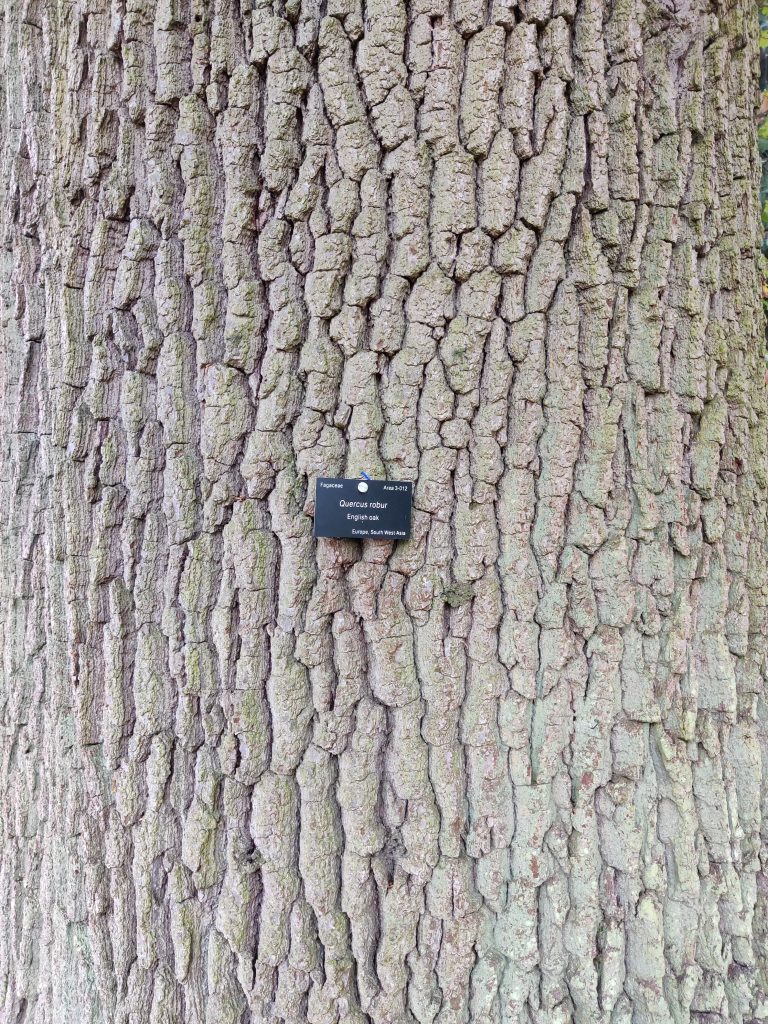
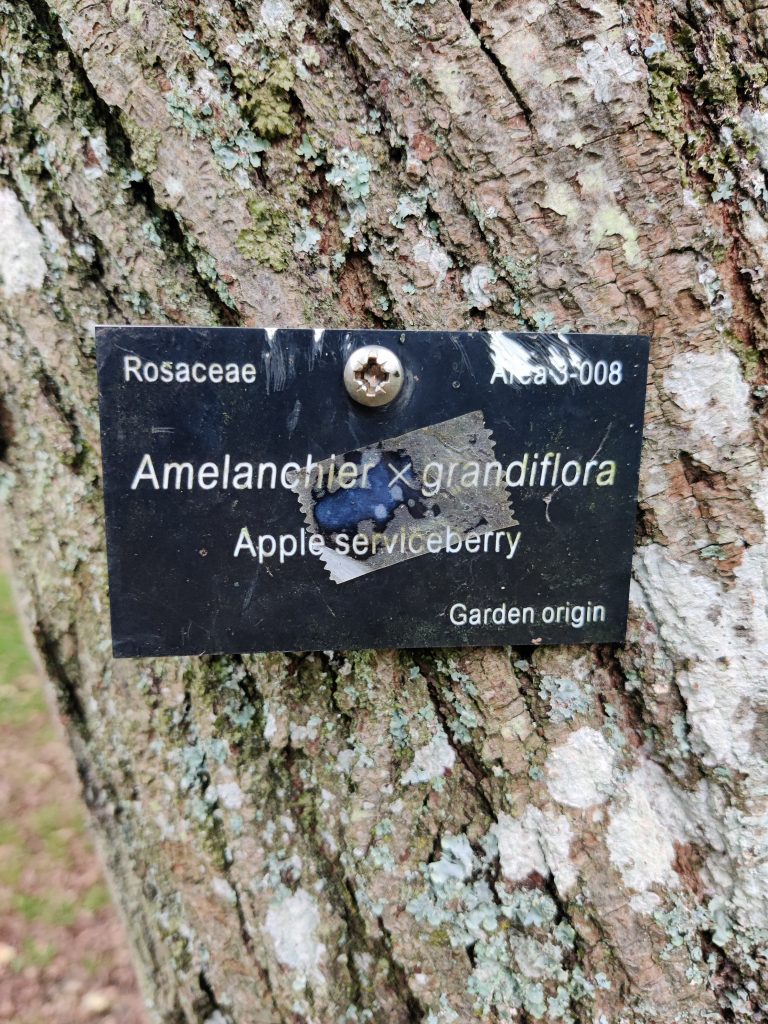
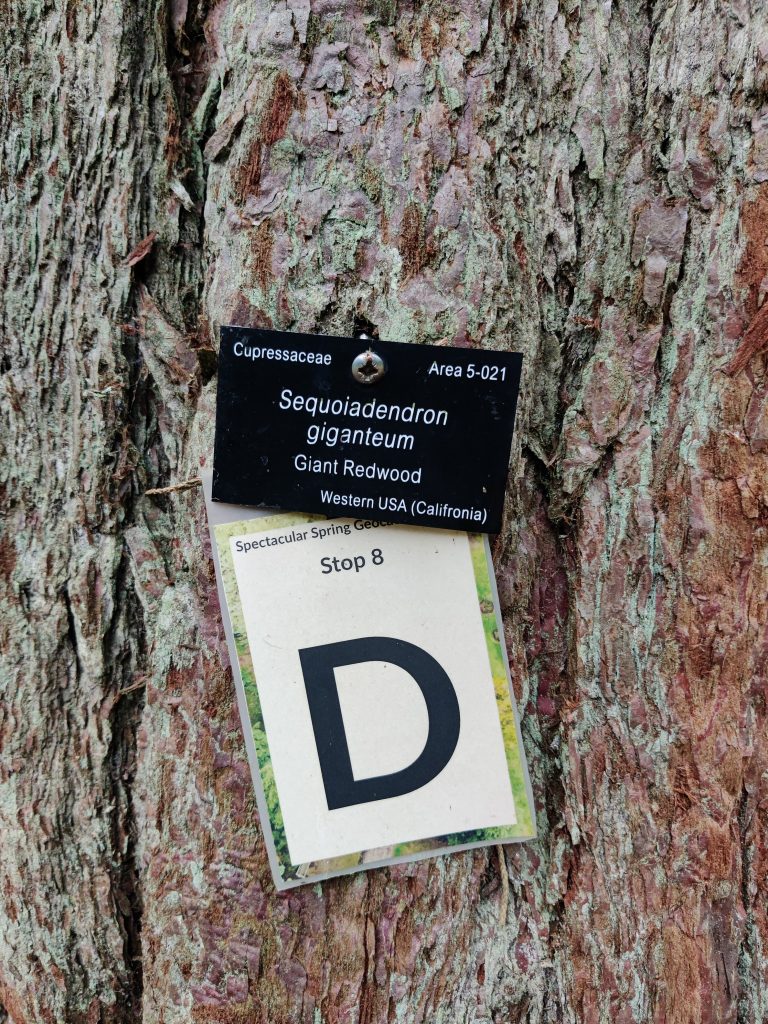
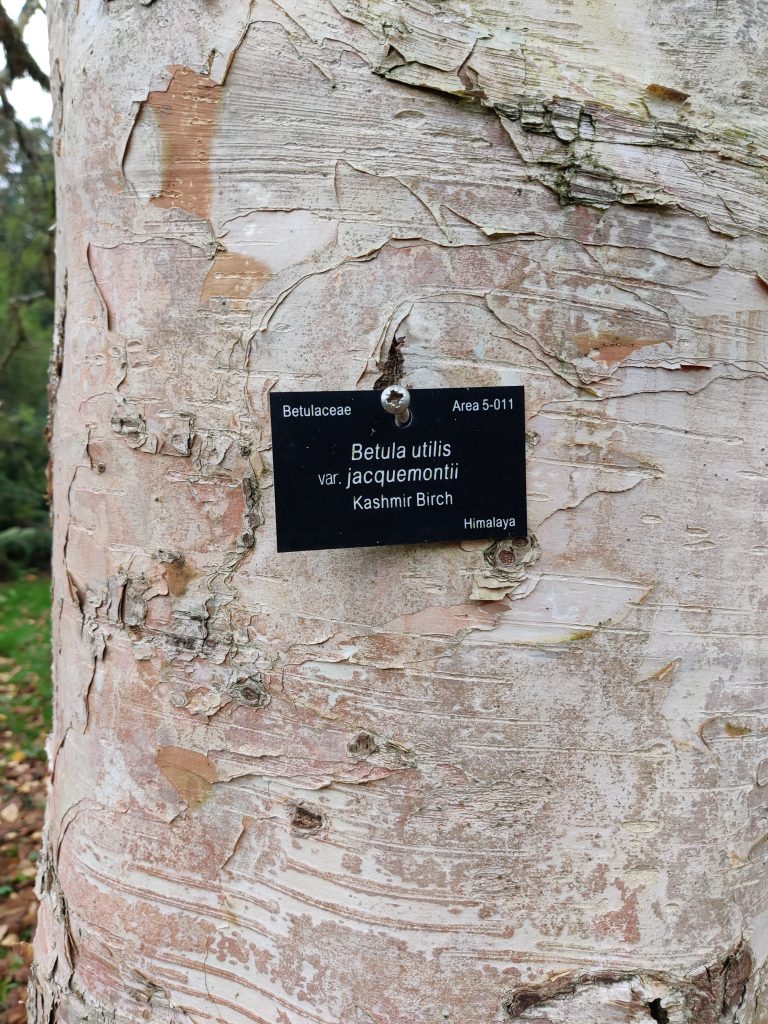
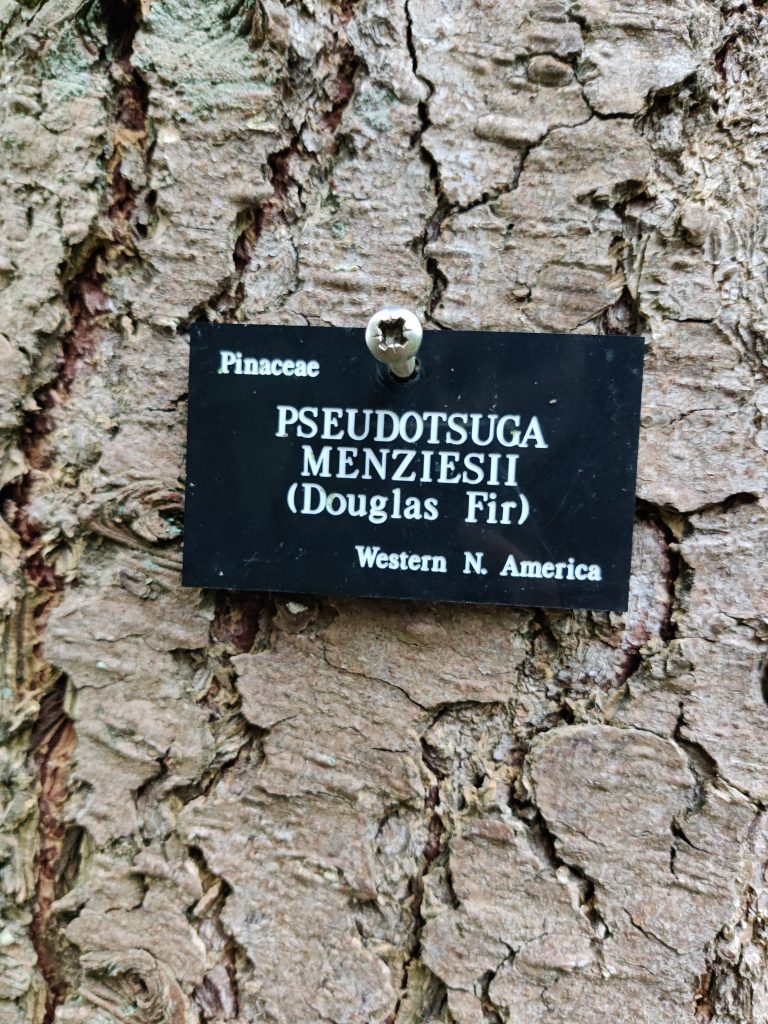

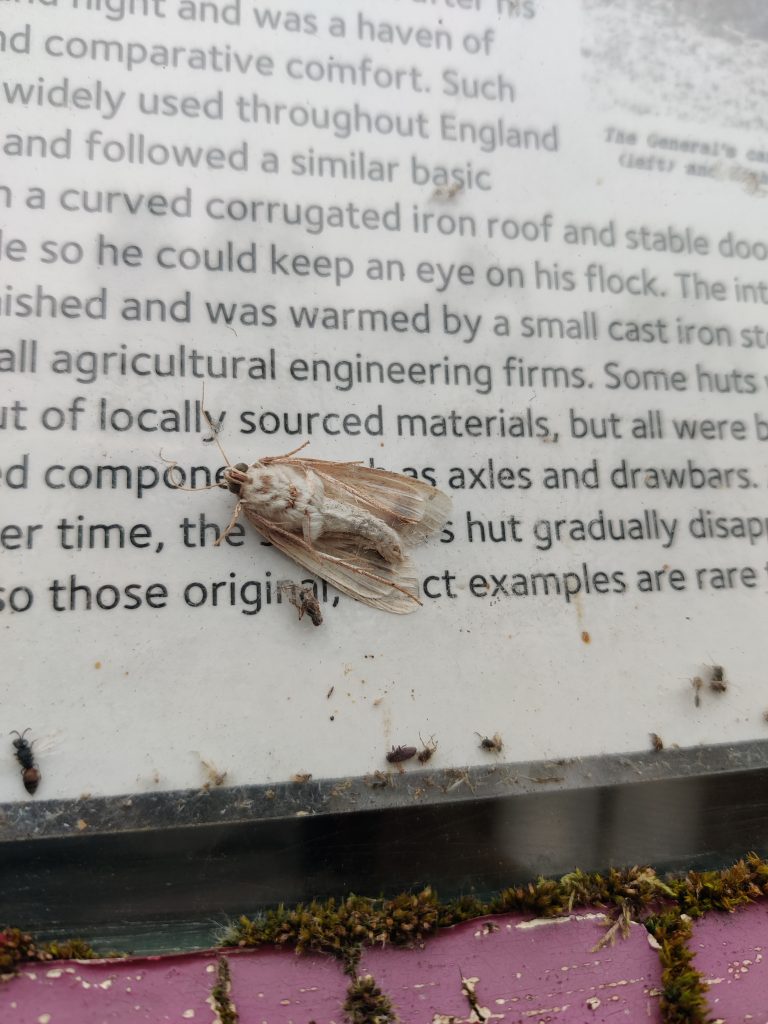

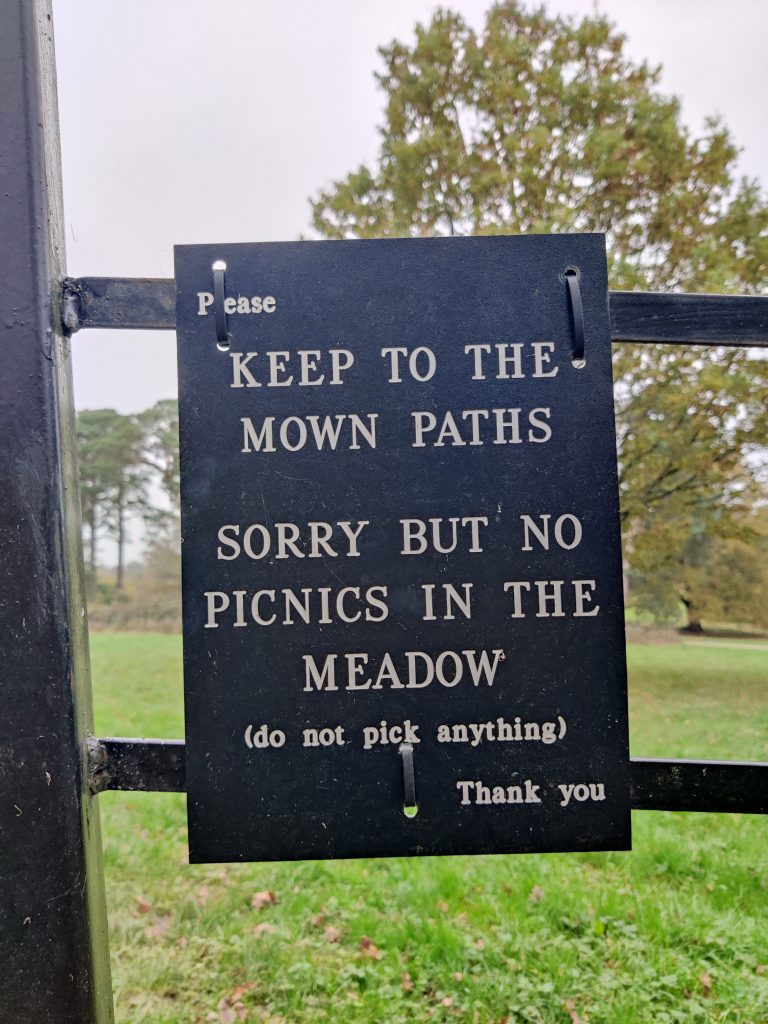
Using Illustrator to write out the names of tree species whose trunks I took pictures of in Ogham:




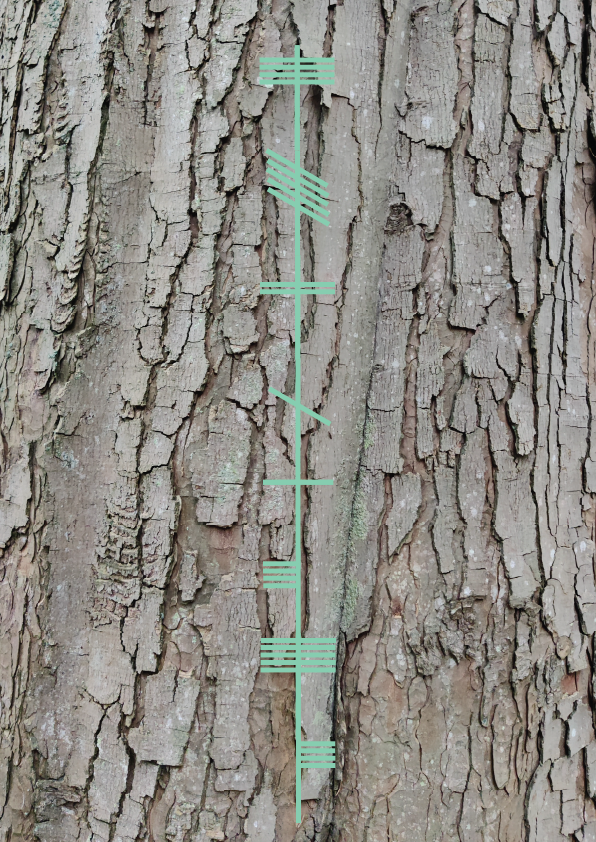

Considering again the aesthetic beauty of trees, particularly striking in this English Oak:

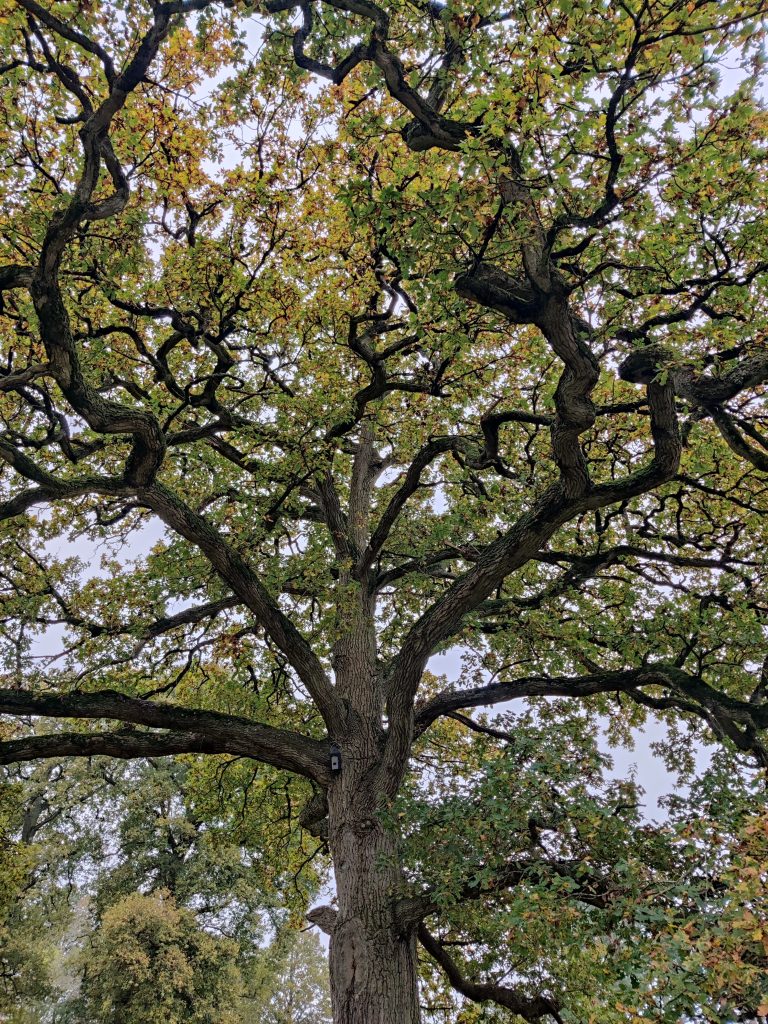
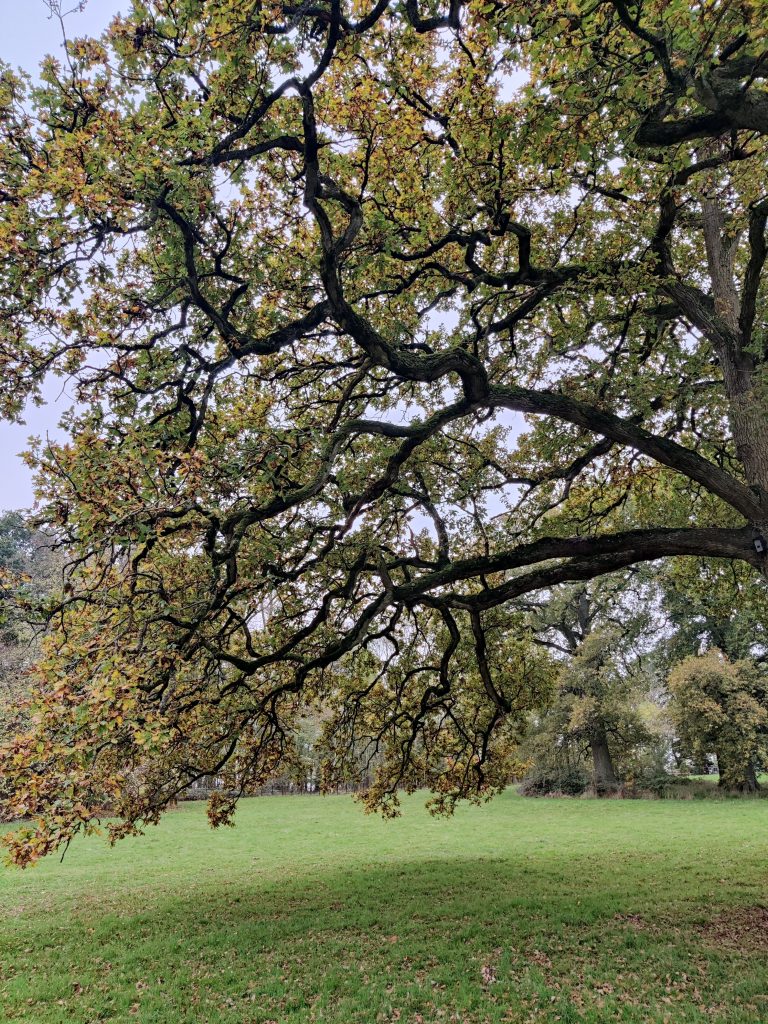
In awe, I wonder once again, what is it that makes branching structures so very “pleasant to the sight” (Genesis 2:9, NKJV)? To merely emulate these structures visually with p5.js is not sufficient to answer this question – its roots seem deeper.